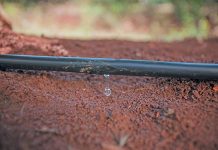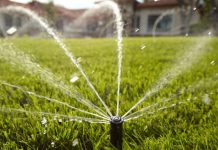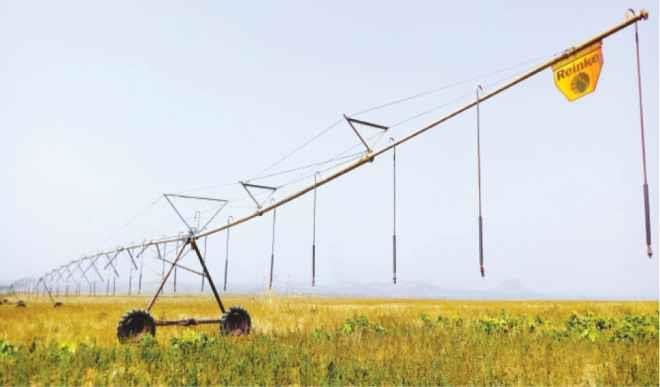 Irrigation has been described as a condition necessary for insufficient rainfall and or poor distribution of rainfall in agriculture producing area (Punial and Pande, 1979). Similarly, Daniel (1990) observed a dry condition due to evaporative demand of the atmosphere which continuously create stress for plants and therefore require water supplements for the period.
Irrigation has been described as a condition necessary for insufficient rainfall and or poor distribution of rainfall in agriculture producing area (Punial and Pande, 1979). Similarly, Daniel (1990) observed a dry condition due to evaporative demand of the atmosphere which continuously create stress for plants and therefore require water supplements for the period.
Common to the two definitions and views among very many others is the involvement of artificial or conscious effort to augment soil water supply during a period of deficit or in areas of deficit. Irrigation projects are therefore designed to help reduce the dependence of crop growth on precipitation, which to a large extent is uncontrollable by man. Adoption of irrigation in such areas has ensured improved harvest and encouraged crop diversification.
According to Food and Agricultural Organization (FAO, 1988), irrigation has put smiles in the face of many people in semi arid and arid regions where crop production without irrigation is inevitable. In Egypt, 80% of the food requirement comes from irrigated lands (FAO, 1988). The benefits brought about through the introduction of irrigation are undeniable. It has been possible to increase and protect harvest and grow crops that could not otherwise be cultivated under conditions of extreme drought. Irrigation also calls for increased use of labour, leading to higher quality of life for farmers, increasing their income and eliminating the uncertainty that comes from variable yearly and seasonal rainfall.
Irrigation tries to meet additional requirement of crops during the wet season and supplies water to farmland during dry periods. This is because precipitation is irregularly distributed throughout the year most especially in the tropics. So, it is assumed that some water obtained from rainfall during the wet season is stored in dams and weirs against dry periods most especially in arid regions. In other words, irrigation system is aimed at increasing and improving agricultural yield, particularly in semi-arid and arid environment. Furthermore, Worlf (1995) observed that irrigation has made higher and more reliable yield possible, as crops can be planted more than once in a year within the tropics, apart from bigger and reliable yield as against yearly cultivation, which is often at the mercy of the seasonal rainfall (S.R.RB.D.A, 1984). Dobermann et al. (1996) reported that irrigated rice accountted for 75% (363 million tones) overall rice production in
Asia in 1990. Vermilion (2004), reported that 40% of world food and 60% of its grains is produced under irrigation and land under irrigation had increased drastically from 94 million hectares in 1950 to 240 million hectares in 2000.
This is expected because of the increase in world population and the need to expand agricultural land under the threat of
climate change. Nigeria has 2.5million hectares of irrigation farmland but just about 220,00 hectares were cultivated in 2002




